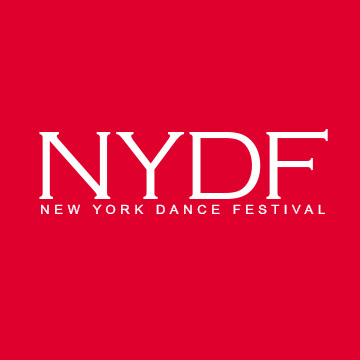Everything - About Dance, Sport & Ballroom Dancing
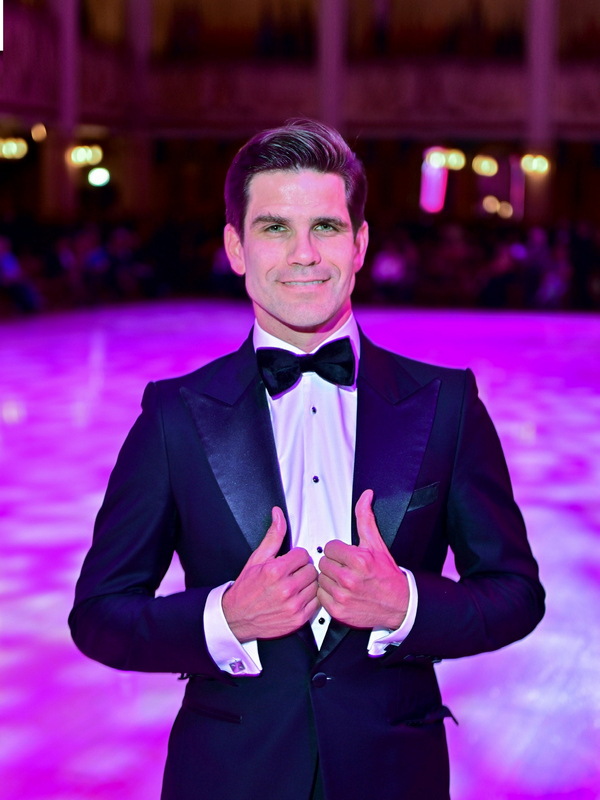
Jurij Batagelj - is a professional ballroom dancer, choreographer, director, screenwriter, teacher...

Joe Trovato excels both in dance and business areas. He is available...

Jagoda Batagelj - is a professional ballroom dancer, choreographer, director, screenwriter, teacher...
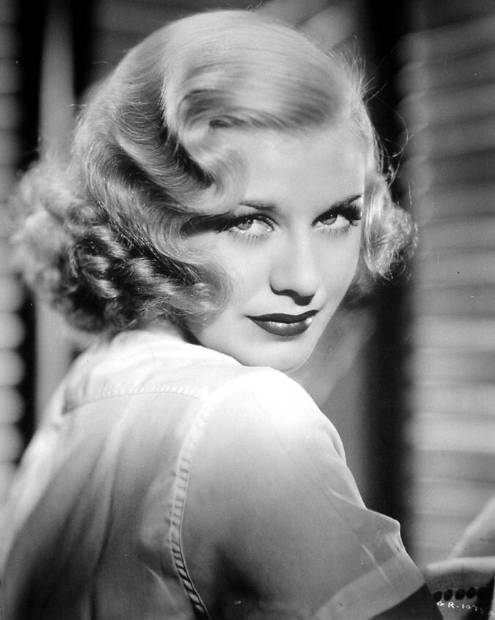
Ginger Rogers was an American actress, dancer, and singer. She was known...

Sami Yli-Piipari is a former Professional Ballroom dancer specializing in 10 Dance....

Shawn Tay started his competitive dancing career in 1982 with his wife,...
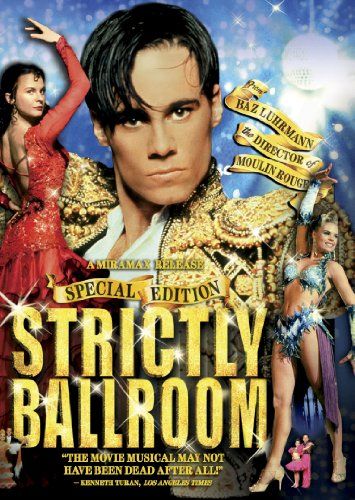
Strictly Ballroom is a 1992 Australian romantic comedy film directed and co-written...
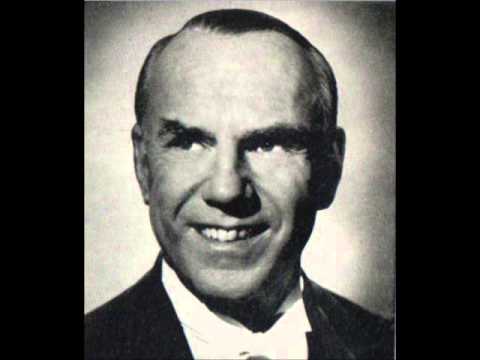
Victor Marlborough Silvester was an English dancer, author, musician and bandleader from...

George Gachechiladze is a former ballroom dancer specialize in International Style Standard...

Gary Stroick is a former professional ballroom dancer specialize in International Style...
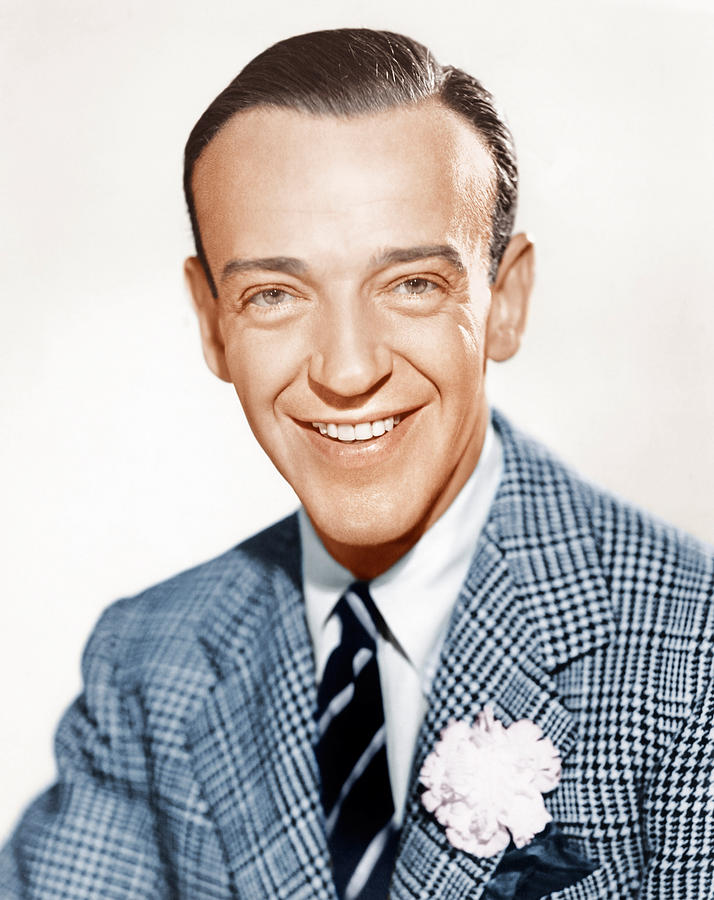
Fred Astaire was an American dancer, singer, actor, choreographer, musician, and television...

Wayne Eng (originally from Hong Kong) is a former Professional Ballroom dancer....
Christine McDonald is a former Professional ballroom dancer, specializing in International Style...

Zdenek Fencak is a former Professional Ballroom dancer specializing in both the...

Brian McDonald, known for his contribution, devotion and dedication to ballroom dancing...
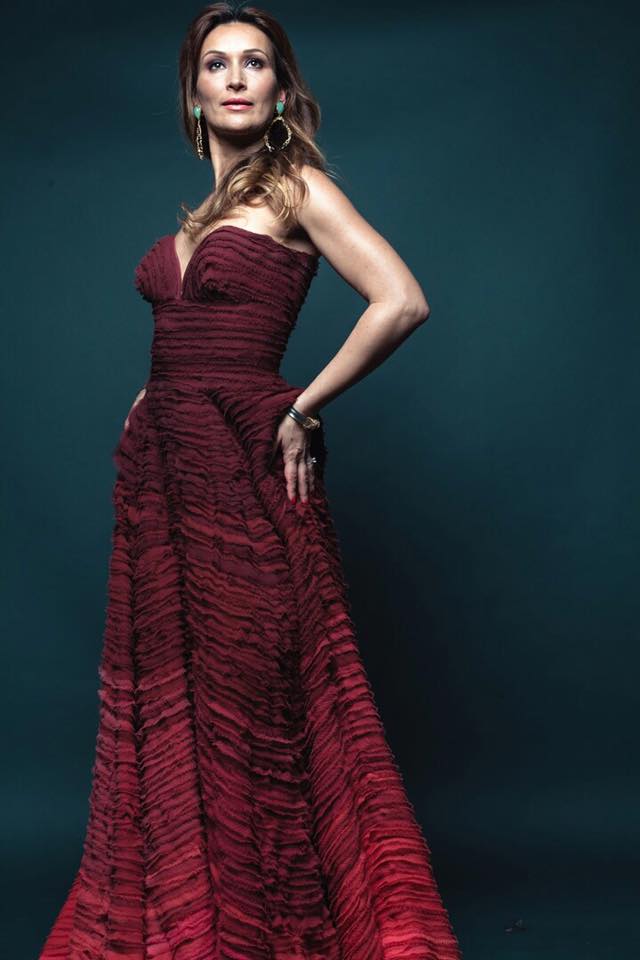
Boriana Deltcheva is a 7-time USA National Professional Latin Finalist, a 3-time...

Larry Dean is the organizer of The Triple Crown & Crown Jewel...
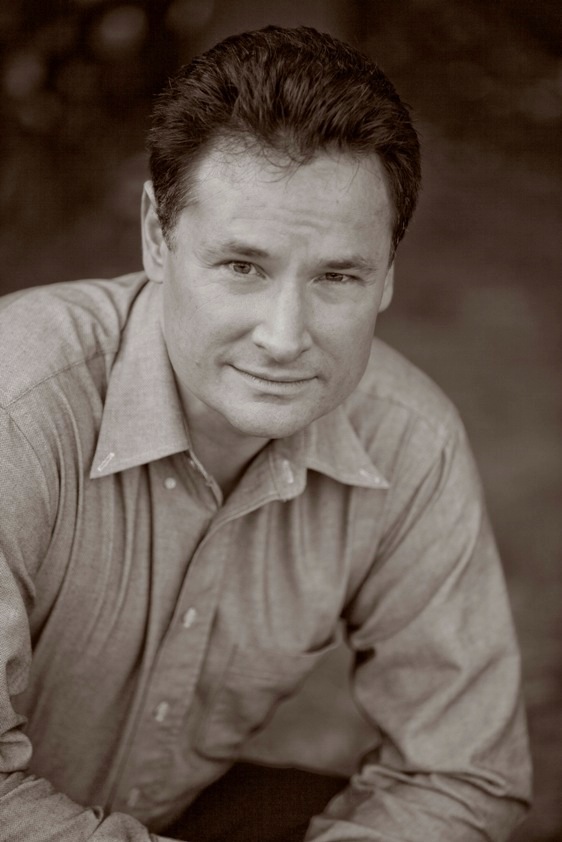
Mark Tabor is a certified Scrutineer, instructor and competition organizer. He has...
Maksim Chmerkovskiy
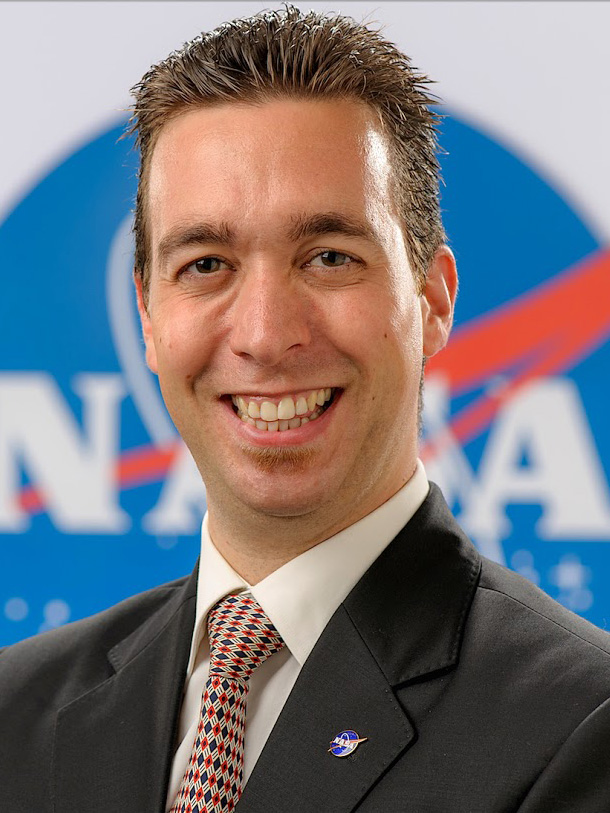
Arif Göktuğ Karacalıoğlu is a head of DanceSport technical commission in Turkey,...
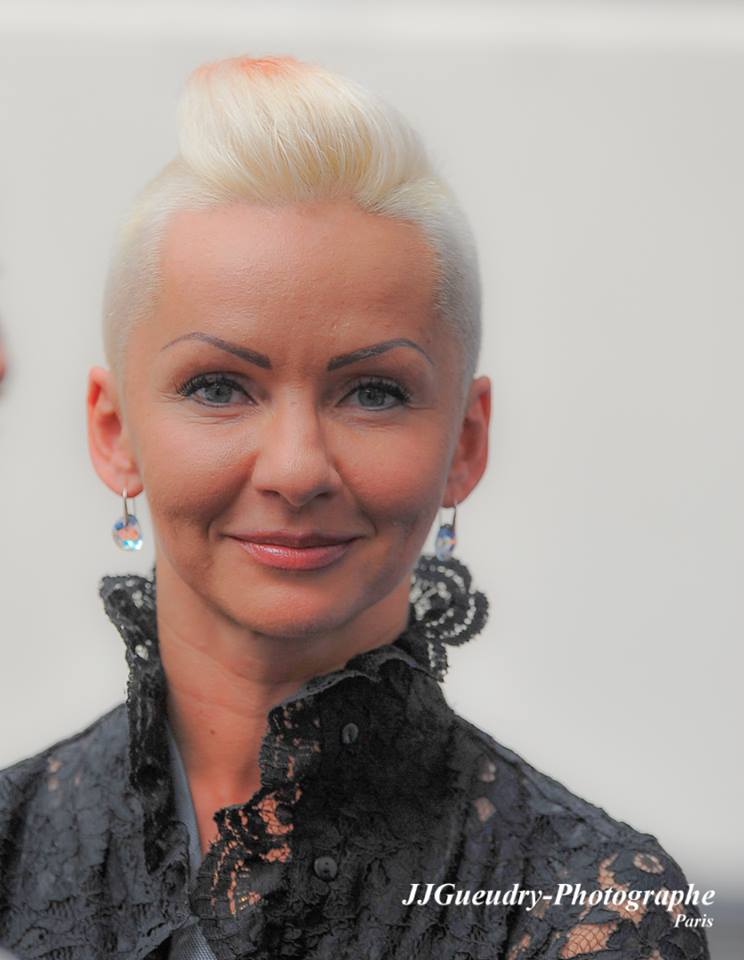
Tatsiana Lahvinovich Galchun is a former Professional Ballroom Dancer, specializing in the...
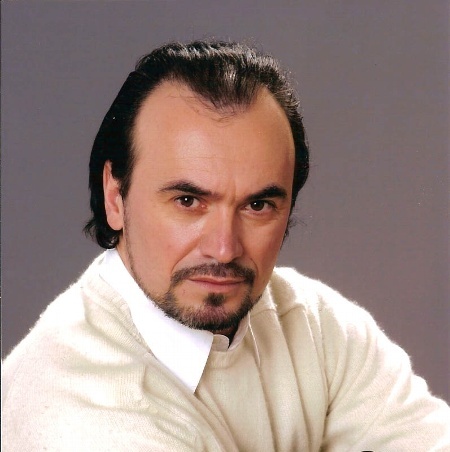
Taliat Tarsinov is a former professional ballroom dancer. The Russian National Latin...
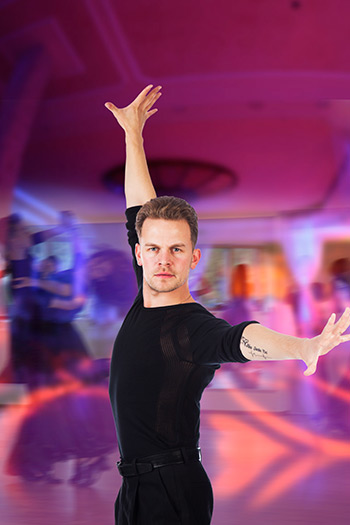
Svjatoslav Jushkov is a former Professional Ballroom Dancer with over 20 years...

Sveta Daly is a former professional ballroom dancer specialize in 10 dance...

Susan Silva is a former professional Ballroom Dancer, Certified Instructor, Adjudicator, Broadway,...

Steven Dougherty is a former professional ballroom dancer specialize in International Style...
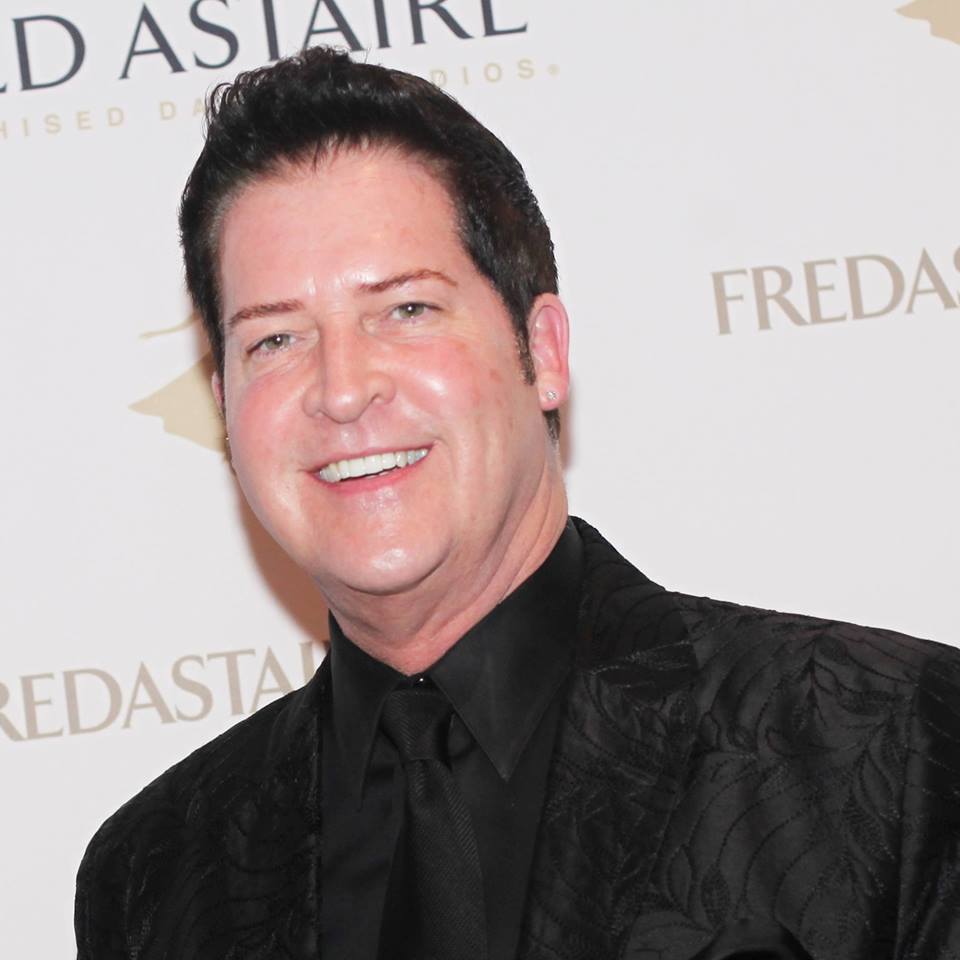
Stephen Knight is the Fred Astaire Dance Studios Co-National Dance Director and...
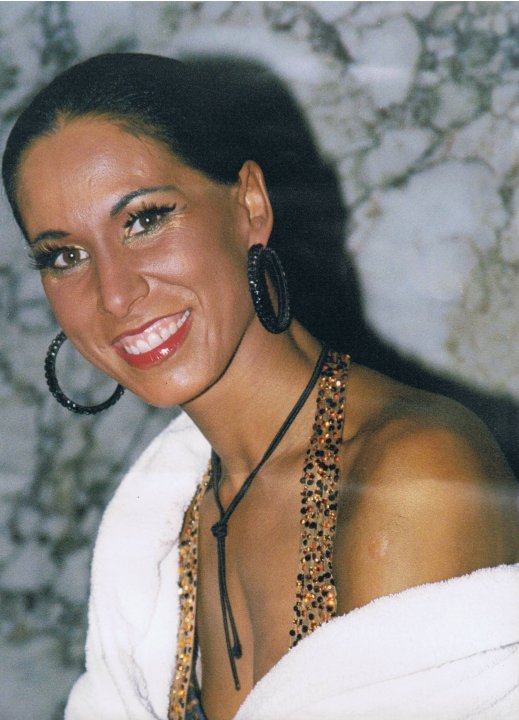
Serena Lecca is an Italian Professional Latin American dancer who has won...
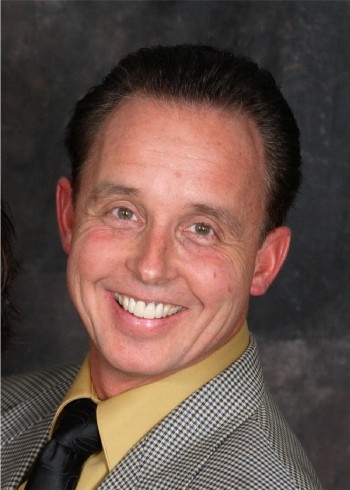
Scott Anderson is a former Professional American Style dancer, specializing in American...

Sasha Bylim is a former consecutive 3-time Ukrainian Amateur Champion in the...
Know Your History
Learn About Your HistoryDid you know that the International Latin American Dance Championships were created after the Second World War in England by Elsa Wells? The current full title of this event is the Elsa Wells International Dance Championships, and includes all categories of International Style Standard and International Style Latin Ballroom Dance
Know Your Legends
Learn About Your HistoryDid you know that at the 2013 WDSF World DanceSport Games, 732 athletes represented 49 countries in the competition staged over five days to determine the champions in 14 categories falling under the diverse brand of DanceSport. 96 judges evaluated the performances on the floor of the K-Arena
Quick Facts
- At this point, nearly 1,000 Ballroom competitions will be hosted around the world every year. Competitions will be hosted by USA Dance in the United States and the World DanceSport Federation internationally, but there will also be hundreds of other non-sponsored competitions.
- The first unofficial DanceSport World Championship was in 1909.
- The first formation team was presented in 1932 by Olive Ripman at the Astoria Ballroom, London.
- DanceSport was first broadcasted on TV in 1960.
- The Cha Cha Cha originated in Cuba. Its name was derived from the Spanish word "Chacha," meaning "nursemaid" or "nanny."
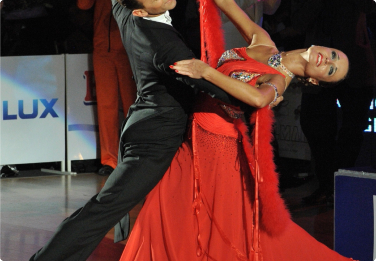
- The Rumba also originated in Cuba, but it was derived from the rhythms of Africa.
- The Paso Doble is based on a bullfight. The male dancer is called the torero (the bullfighter), and the female dancer is his cape. The Paso Doble is danced to characteristic march music used for a procession.
- The Jive originated from the African Americans living in Southeast America. It was called the Cakewalk in the 1880s since the usual prize for this dance was a cake
- The Foxtrot was invented by Harry Fox for a stage show in New York in 1913
Hall of Fame
How it Works
WikiDanceSport has been created for the DanceSport community to collaboratively organize and promote this sport throughout the world. Anyone who can access this site can edit most of its articles and create new ones.
Only registered users may create a new article. Some particularly controversial, sensitive and/or vandalism-prone pages are protected to some degree from public alteration. A particularly contentious article may be locked so that only administrators are able to make changes.
In certain cases, all editors are allowed to submit modifications, but review is required for some editors, depending on certain conditions.
Get involved!
- Suggest new topics
- Update existing articles
- WikiDanceSport: Five Pillars
- WikiDanceSport: List of Guidelines
- WikiDanceSport: Help

